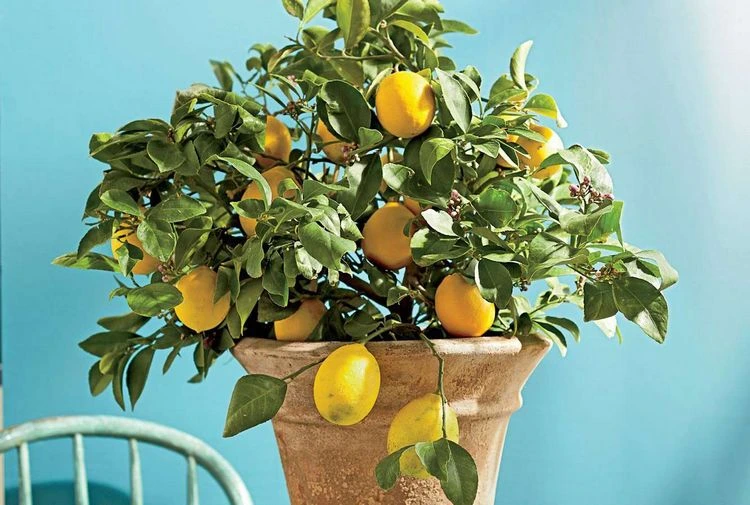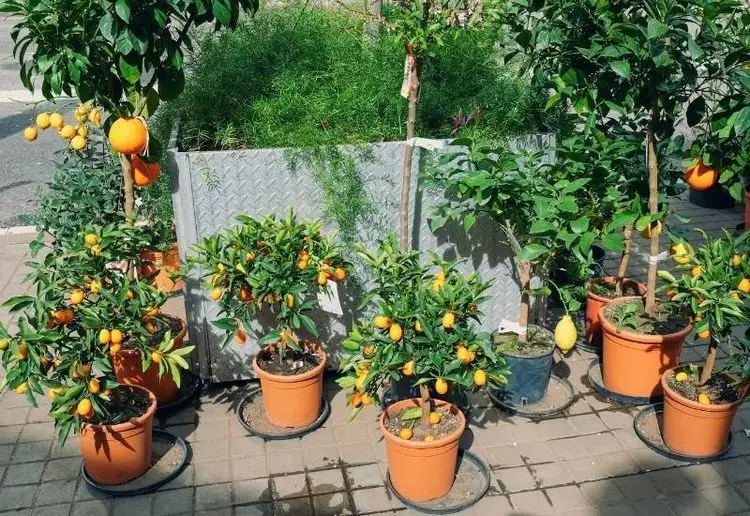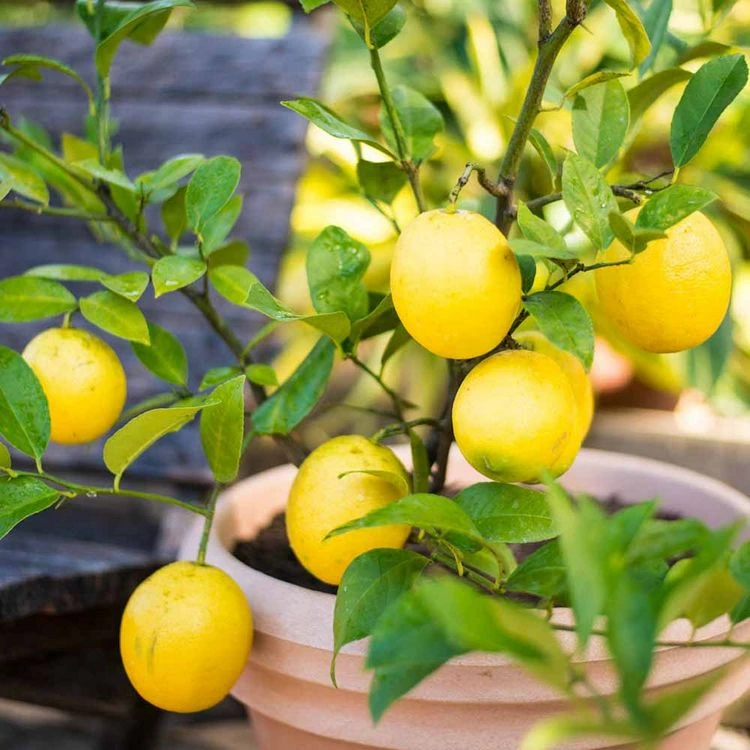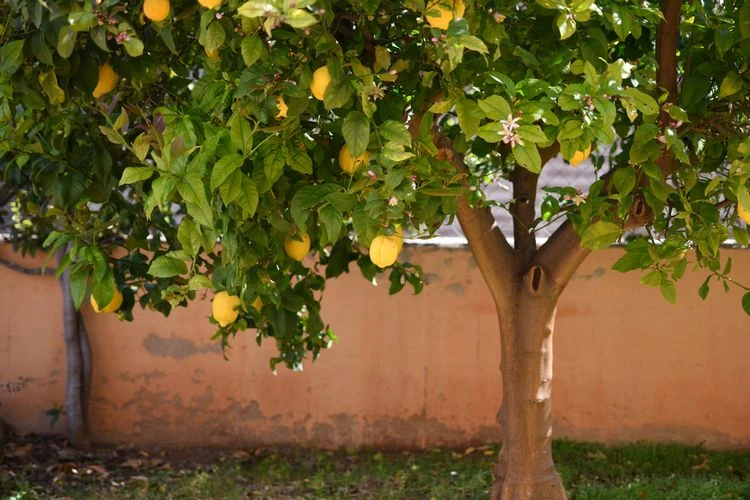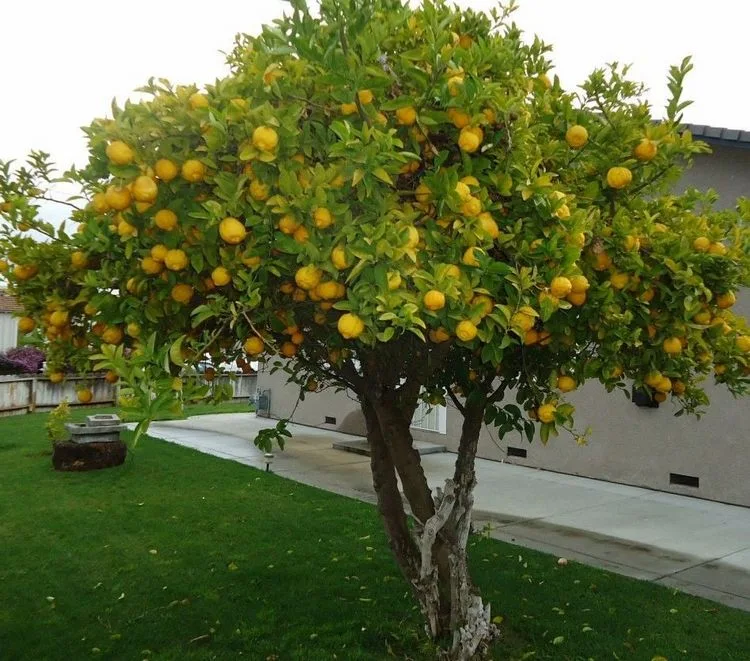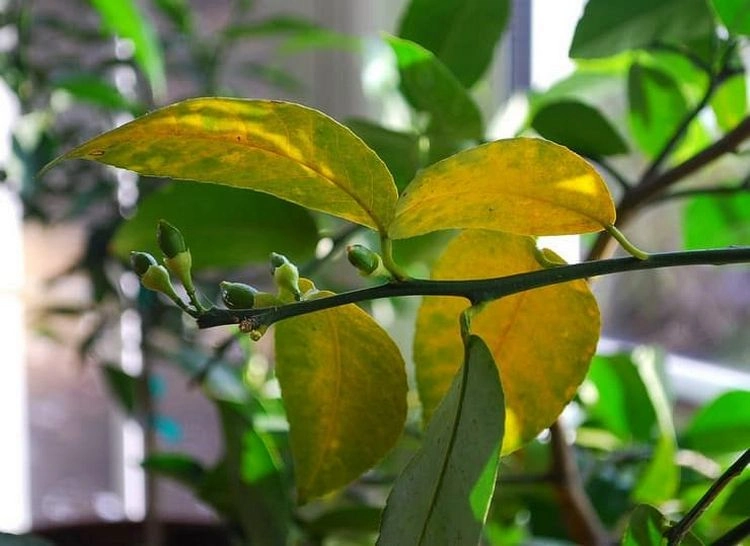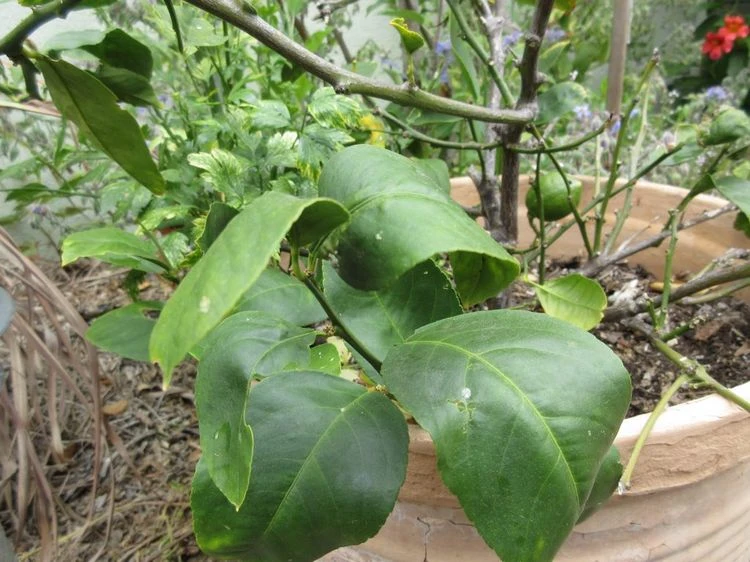Growing a lemon tree is a rewarding and easy hobby. These citrus trees not only provide useful fruit for human consumption but are also beautiful ornamental trees that can shade the sun and refresh the air in the garden during the hottest hours of the day. But how should you water a lemon tree in summer?
An important goal of hobby gardeners is to ensure that each lemon tree continues to thrive and look beautiful. To do this, they must consider the age and size of the tree, and whether it will be in a container or in the ground. You also need to figure out when to water the tree and how to keep it from getting too much water. If you want to avoid fungus and other citrus tree diseases caused by overwatering, you should follow these steps to help your lemon tree have a better yield.
How to Water a Lemon Tree in Summer – Tips
Make sure the soil is good before watering your tree. Check that the soil is dry by sticking your finger 2-4 inches/7-15 cm below the surface. If it is, it’s time to give it water. If the soil is still damp, wait a few days before watering the tree.
It is advisable to water a lemon tree growing in a container thoroughly until water drips from the bottom drainage holes.
How Often to Water a Lemon Tree in Summer?
In summer, when the lemon tree is actively growing and bearing fruit, the need for water can increase dramatically. Tap water or rainwater is fine for watering these plants. Contrary to popular belief, citrus trees can thrive in soils with higher lime content. The roots can be damaged by waterlogging, so you should make sure that the water level is always even. The root ball can become too dry, causing the lemon tree to lose its leaves. Water well but not too much – allow the soil to dry out a bit between waterings. The lemon tree should be watered every 1-2 days during the summer.
Pro tip for healthy trees: For optimal plant health, spray the leaves regularly with lime-free water – this can improve the humidity. With this small measure you are doing something good for your lemon tree and at the same time protecting it from spider mites. If you spray your lemon tree with water containing lime, it will cause unsightly white spots on the leaves.
Water Potted Plants Properly and Care for Them in the Heat
The frequency of watering a potted plant depends on factors such as the outside temperature, exposure to sunlight, the size of the pot and how the plant is developing. Potted lemon trees exposed to direct sunlight and high temperatures may need to be watered every 1-2 days.
A lemon tree in a pot always needs more water than one planted in the ground. The soil dries out because the water evaporates much faster. In addition, the small amount of moisture sinks into the bottom of the container, away from the above-ground roots. When the top inches of soil feel dry when rubbed between your fingertips, it’s time to water. It’s possible that you’ll need to water every day during a heat wave.
Fertilizing lemon trees in pots is more necessary than for trees planted in the garden, as the nutrients are washed from the soil and used up as the tree grows. The soil is quickly decomposed in the pot – to counteract this, fertilizer should be added every two weeks.
How to Water Lemon Trees Planted Outdoors?
If you care for and water your lemon tree well and place it in organic-rich soil, it should be able to survive up to a week without water in hot weather. If you have soil that drains quickly or slowly, or if you have strong winds that will quickly dry out leaves, you may need to adjust your watering schedule accordingly.
Keep in mind that in extremely high temperatures, the leaves may curl up to conserve water during drought conditions. The leaves should straighten up again in the evening when the temperature drops, provided the tree has been adequately watered.
While watering the plant, you can also fertilize it. If you do this frequently throughout the year, you will notice better lemon flavor and size, as well as better development of the flowers and fruit set.
How to Water a Lemon Tree – From Above or Below?
The easiest way to prevent the appearance of fungal diseases is to water without getting the leaves wet. You should therefore water your tree from below.
Warning Signs for Excessive Watering
If the leaves of your lemon tree start to turn yellowish, this can be an early sign that the tree is getting too much water. After some time, the leaves will drop and the roots will turn a dark color.
Signs for Insufficient Watering
If the leaves of your lemon tree curl inward, but the color of the leaves is still green, this can be an early sign that the tree is not getting enough water. The leaves gradually turn brown, dry up and fall off as the process progresses. When the tree blooms, the flowers may wilt and fall off prematurely.

